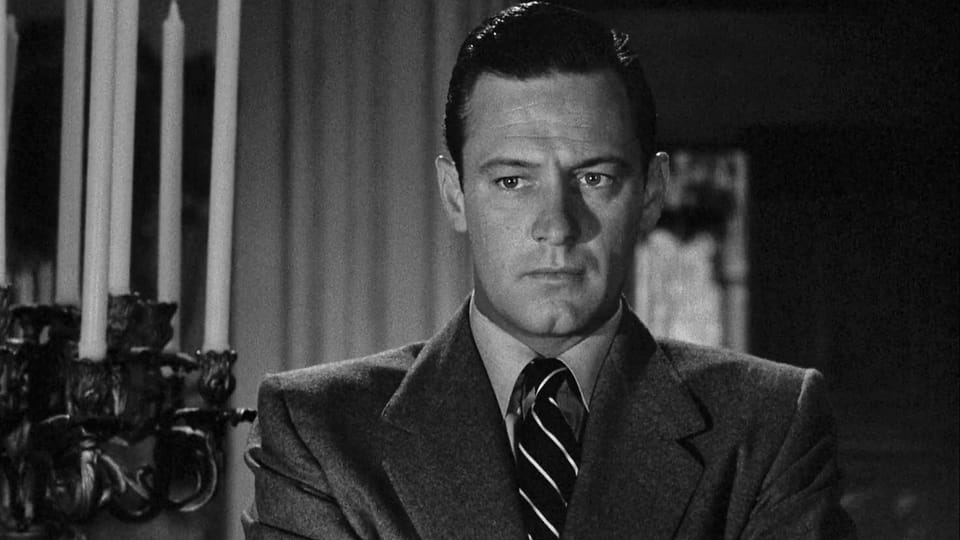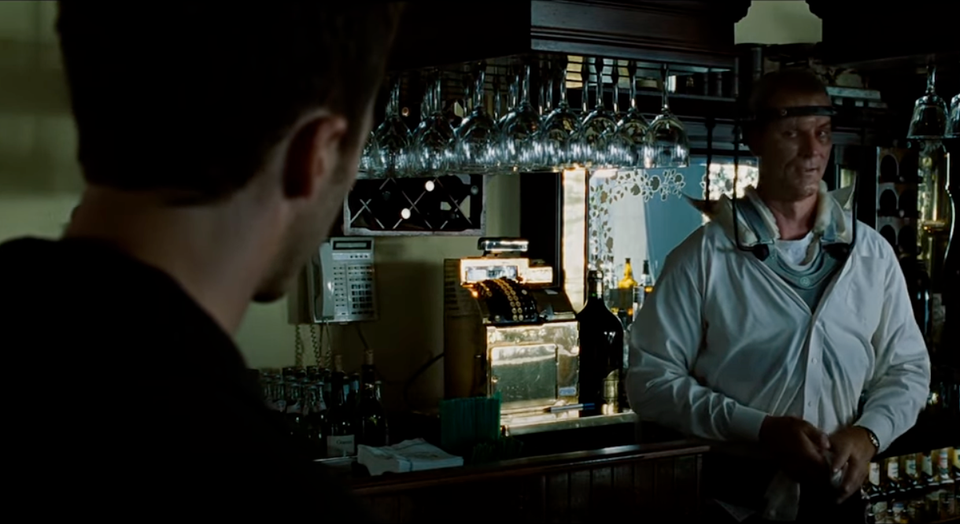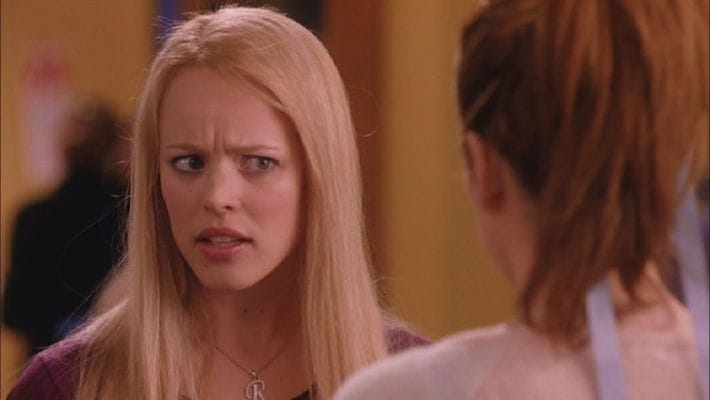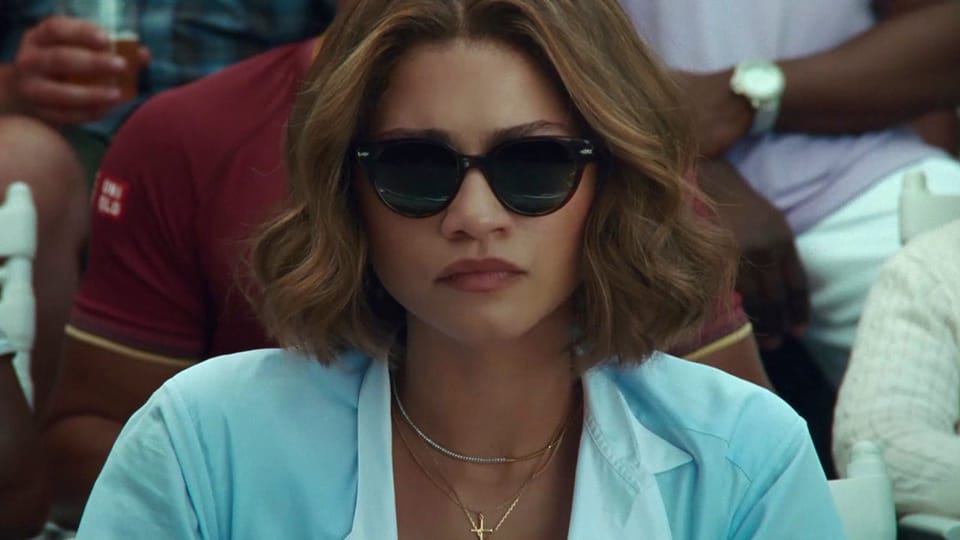How To Evoke A Shot List In Your Screenwriting
Many people repeat, "Don't direct your screenplay," when they should just be saying, "Don't use camera angles." But you should be directing on the page.
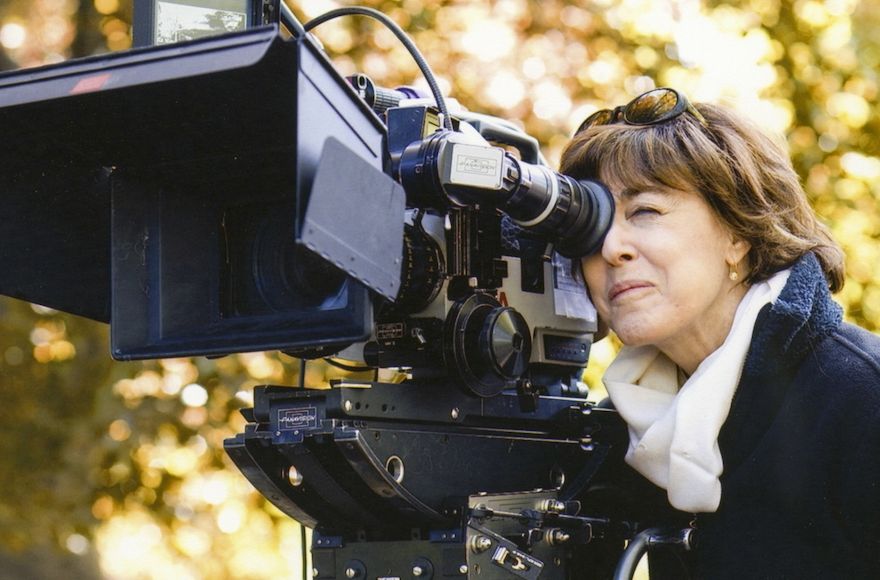
The Story and Plot Weekly Email is published every Tuesday morning. Don't miss another one.
On to the topic of this week's email. Last week I talked about how you absolutely must direct your screenplay on the page. Many people repeat, "Don't direct your screenplay," when they should just be saying, "Don't use camera angles."
Because that is true. Do not use camera angles. But as I said last week, not because we don't want to direct on the page. But because camera angles are clunky, get in the way of the read, and remind the reader they are reading a document rather than watching a movie.
But if we want them watching a movie, we can, and we should, evoke camera angles.
I am going to show you how.
First, some key concepts that guide this process.
- The goal of your screenplay is to evoke the emotional experience of seeing the movie on screen. When complete, you want the reader feeling like they just saw your movie.
- The paragraph is your primary grammatical instrument. It does an exceptional job to emphasize, extend time, and encapsulate a shot. Make the paragraph is your new best friend.
- Nothing should take longer to read than the time it takes to happen on screen.
Using these principles we will evoke images in a reader's mind that recreate the experiece of seeing a movie. We can't dictate anything. Not everyone is going to see what we want, but as we get better and better at it, the percentage that do will get higher and higher.
As an example, this is the opening page of SHADOW RUN by Joe Gazzam. This unproduced script sold for a lot of money and I think the confidence the opening page instilled in the reader is a big reason why.
The screenplay opens with this:
Did you envision a wide shot? I did. Why? Because an image wide enough to contain the roof, fifteen stories of glass and steel, the White House in the distance, and the details of a thundering storm, is a wide shot.
In this script, we go from that big, wide shot to this next paragraph:
A simple paragraph. A simple shot. Far enough back to see him leaning into the rain, close enough to see his age and his shape. You likely envisioned a full shot with the man's frame top to bottom.
These two images together match the the classic editing style of a wider establishing shot, and then cutting closer. Next we cut to:
With this, we cut in closer. We see him struggle with duffle bags. Maybe you even saw TWO shots here, with an added POV of what's over the ledge. Maybe.
This is obviously even closer. Maybe you even saw and over-the-shoulder shot into the contents of the duffel bag. Gazzam doesn't just describe the object in here. He doesn't want you guessing what it is, he just flat-out tells you.
Again. The other bag. The fingers lead your attention to the canisters. It lingers long enough that you register what's in there. The action of pulling out the laptop leads to:
An insert shot of the laptop's screen.
This virtual shot list is acheieved by treating every paragraph as a shot. There is nothing contained in a paragraph that is not contained in the shot.
We are watching one shot after the other, without ever mentioning a camera angle. And it FLOWS. No clunkly language. It flows like a movie. Like we're watching a movie on the screen.
Remember, our goal is to evoke the emotional experience of watching this movie and we cannot do that without envisioning the movie ourselves first.
Keep in mind, the one-shot, one paragraph is a guideline, not a rule. You will also use paragraphs to emphasize and to extend time. Sometimes to extend the time of the shot so something important registers. Just like a director.
Let me repeat this. You will also use paragraphs to:
Emphasize.
And.
Extend.
Time.
But mostly, it will be one paragraph, one shot.
Mostly.
Here are all those paragraphs in order:
Click here to read the rest of this spectacular one page open which ends with a fabulous mic drop.
Hope this helps.
Next week I'll continue with the May theme of directing the screenplay on the page.
See you then!
Tom Vaughan
The Story and Plot Weekly Email is published every Tuesday morning. Don't miss another one.
When you're ready, these are ways I can help you:
WORK WITH ME 1:1
1-on-1 Coaching | Screenplay Consultation
TAKE A COURSE
Mastering Structure | Idea To Outline

